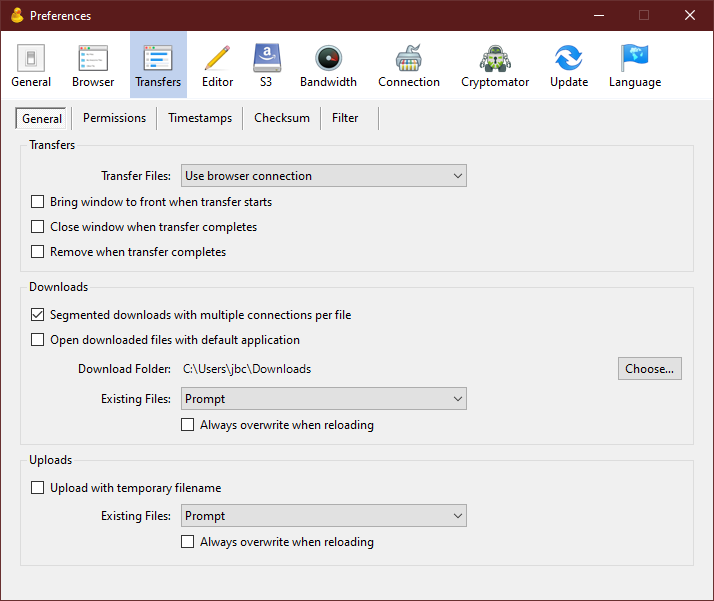

The server will then connect back to the client's specified data port from its local data port, which is port 20.įrom the server-side firewall's standpoint, to support active mode FTP the following communication channels need to be opened: Then, the client starts listening to port N+1 and sends the FTP command PORT N+1 to the FTP server. The confusion begins however, when we find that depending on the mode, the data port is not always on port 20.Īctive FTPIn active mode FTP the client connects from a random unprivileged port (N > 1024) to the FTP server's command port, port 21. Traditionally these are port 21 for the command port and port 20 for the data port. FTP is an unusual service in that it utilizes two ports, a 'data' port and a 'command' port (also known as the control port). The BasicsFTP is a TCP based service exclusively. They also provide a nice picture into what goes on behind the scenes during an FTP session. These session examples should help make things a bit clearer.

I am always looking for ways to improve things though, and if you find something that is not quite clear or needs more explanation, please let me know! Recent additions to this document include the examples of both active and passive command line FTP sessions. This may not be the definitive explanation, as the title claims, however, I've heard enough good feedback and seen this document linked in enough places to know that quite a few people have found it to be useful.
#OSX GO FTP PORT HOW TO#
Hopefully the following text will help to clear up some of the confusion over how to support FTP in a firewalled environment. IntroductionOne of the most commonly seen questions when dealing with firewalls and other Internet connectivity issues is the difference between active and passive FTP and how best to support either or both of them.


 0 kommentar(er)
0 kommentar(er)
